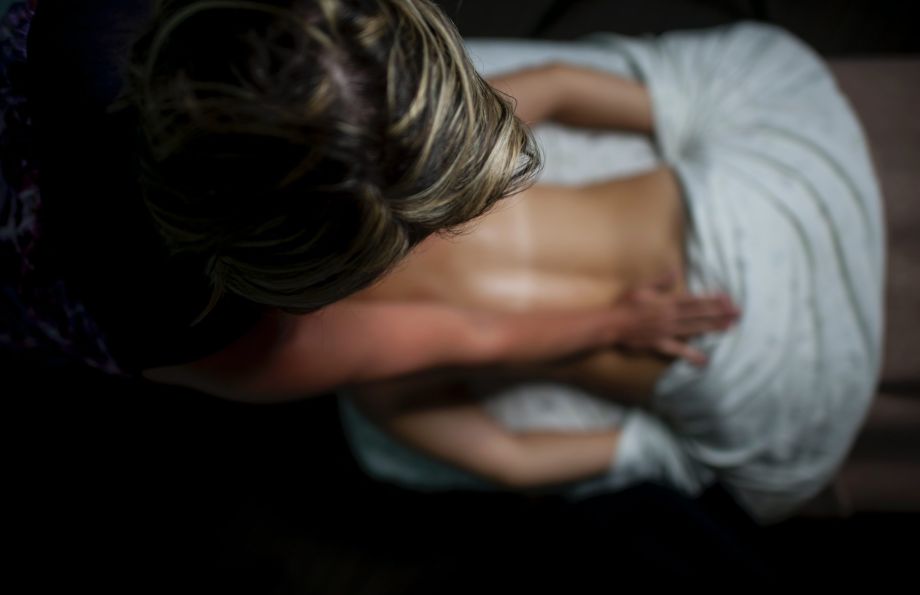What is deep tissue massage?
What is deep-tissue massage?
Deep tissue massage is a massage technique that’s mainly used to treat musculoskeletal issues, such as strains and sports injuries. It involves applying sustained pressure using slow, deep strokes to target the inner layers of your muscles and connective tissues. This helps to break up scar tissue that forms following an injury and reduce tension in muscle and tissue.
It may also promote faster healing by increasing blood flow and reducing inflammation.
Read on to learn more about deep tissue massage, including how it stacks up against Swedish massage and what to expect during a session.
What are the benefits of deep tissue massage?
Deep tissue massage offers both physical and psychological benefits. Unlike other massage techniques that focus on relaxation, deep tissue massage helps to treat muscle pain and improve stiffness. But it can still help to you unwind mentally, too.
A 2014 study involving 59 participants found that deep tissue massage helped to reduce pain in people with chronic low back. The authors likened its effects to those of nonsteroidal anti-inflammatory drugs, such as ibuprofen (Advil).
People have also reported that deep tissue massage helps with:
- sports injuries
- fibromyalgia
- plantar fasciitis
- high blood pressure
- sciatica
- tennis elbow
How does it compare to Swedish massage?
Deep tissue massage and Swedish massage are two different types of massage therapy. Both use some of the same strokes, but they have different uses and vary greatly when it comes to the amount of pressure used.
Here are the key differences between deep tissue massage and Swedish massage:
- Intended use. Deep tissue massage is primarily used to treat chronic pain and muscle and sports-related injuries. Swedish massage is mainly used to promote relaxation and reduce muscle tension caused by everyday activities, such as sitting at a computer.
- Pressure. Swedish massage is a gentler form of massage that uses far less tension than deep tissue massage. Both types involve use of the palms and fingers to knead and manipulate your tissues, but the elbows and forearms may also be used to apply increased pressure during a deep tissue massage.
- Area of focus. Deep tissue massage targets the inner layers of your muscles. It’s used to treat muscle and tendon injuries, pain, and stiffness in your major muscle groups and joints. Swedish massage targets the superficial layers of muscle and focuses on the parts of your body that tend to hold the most tension, such as your neck, shoulders, and back.
What happens during the massage?
Before your deep tissue massage, your massage therapist will want to know about your problem areas. A deep tissue massage can involve your entire body or just one area.
Once ready, you’ll be asked to lie on your back or stomach, under a sheet. Your level of undress is based on your comfort, but the area being worked on will need to be exposed.
The massage therapist will warm up your muscles using a lighter touch. Once you’re warmed up, they’ll start working on your problem areas. They’ll use deep kneading and stroking with varying amounts of intense pressure.
Are there any side effects?
It’s not unusual to have some lingering soreness for a few days following a deep tissue massage. Using a heating pad or a cold pack wrapped in a towel may help to relieve soreness.
Though massage therapy is generally safe, deep tissue massage uses very firm pressure and may not be safe for everyone.
Speak to your doctor before having a deep tissue massage if you:
- have a history of blood clots or a clotting disorder
- are taking blood thinners
- have a bleeding disorder
- have cancer or are undergoing cancer treatment, such as chemotherapy or radiation
Anyone with osteoporosis or cancer that’s spread to the bones should avoid deep tissue massage as the firm pressure used may cause a fracture. You should also hold off on deep tissue massages if you’re pregnant. Gentler types of massage, such as Swedish massage, maybe a better option.
If you have an open wound or skin infection of any kind, you’ll need to reschedule to avoid developing new infection or making an existing one worse.
How do I find a therapist?
If you want to try a deep tissue massage, it’s important to work with a qualified massage therapist.
To find a massage therapist:
- ask your doctor or physical therapist for a referral
- ask friends and family for a recommendation
- search the National Certification Board for Therapeutic Massage & Bodywork’s database
- use the America Massage Therapy Association’s database
As you sort through potential massage therapists, keep a few things in mind:
- Area of focus. Not all massage therapists specialize in deep tissue massage. Some are trained in several types while others focus their practice on one or two. Be sure to ask if they offer deep tissue massage and what conditions they have experience treating.
- Cost. Ask about the cost per session and whether they offer cost-saving incentives, such as a sliding-scale option. You might also want to check with your health insurance provider, as some cover massage therapy, especially for specific conditions.
- Credentials. Ask for credentials and make sure that the therapist is licensed to practice massage therapy in your area. In the United States, most states regulate the massage therapy profession.
The bottom line
Deep tissue massage is best suited for people who engage in highly physical activities, such as running or those who have an injury or chronic pain. If you have a low pain threshold or are looking for relief of tense muscles, Swedish massage is gentler and may be a better option. Speak to your doctor before trying deep tissue massage if you have an underlying medical condition.

